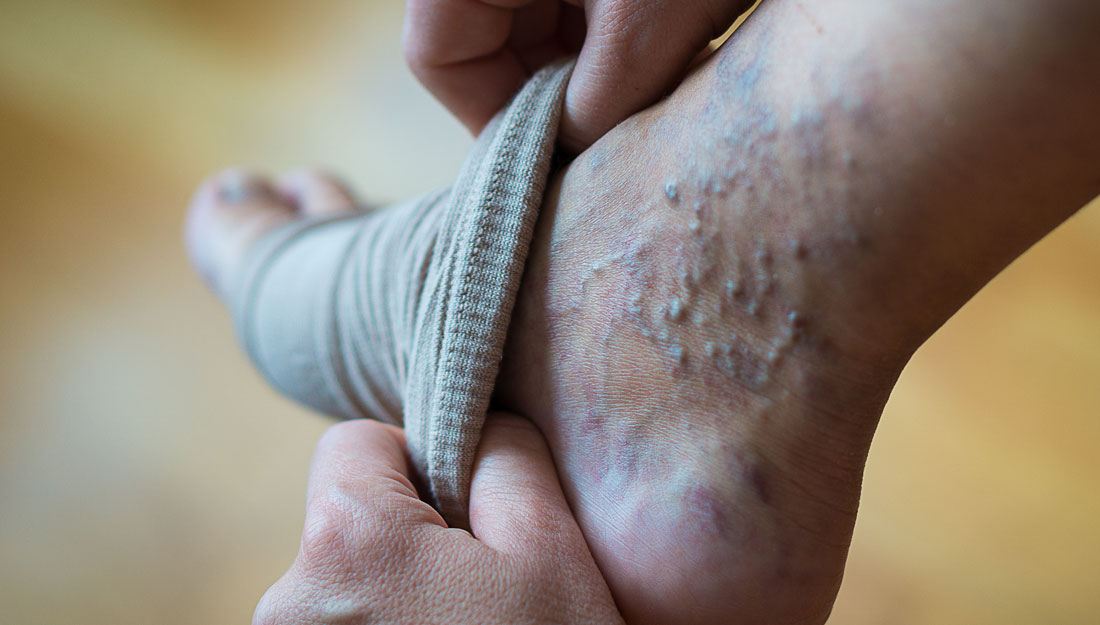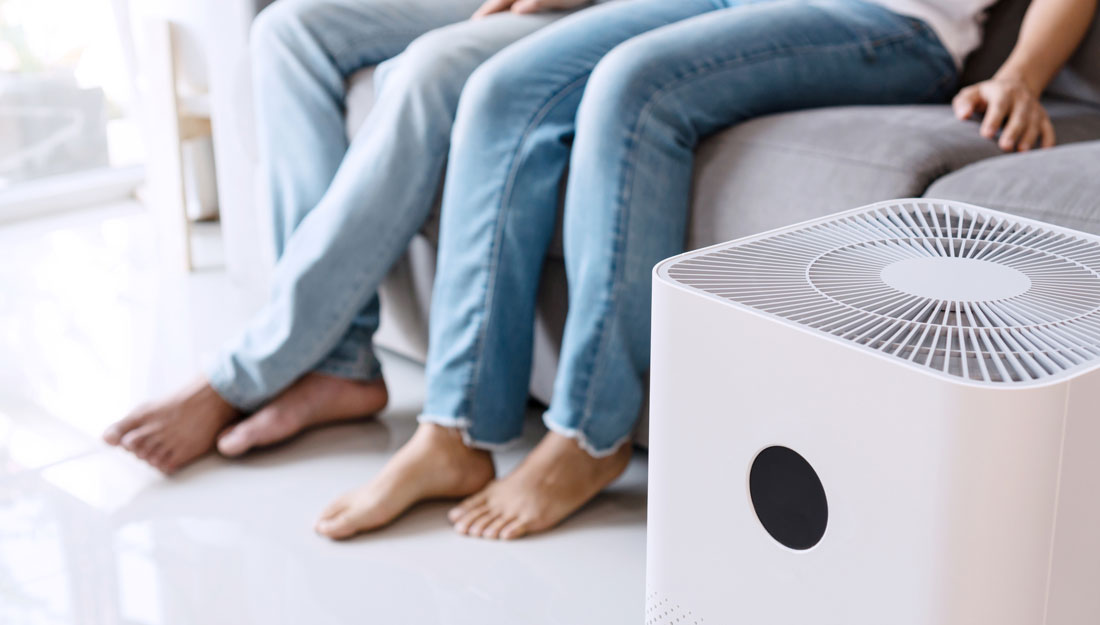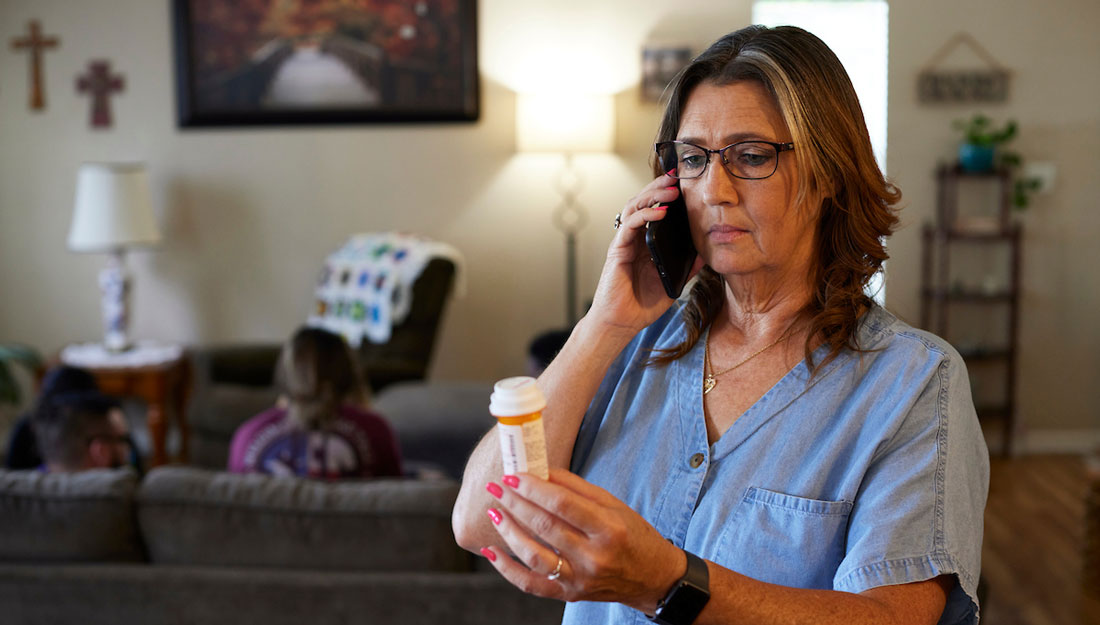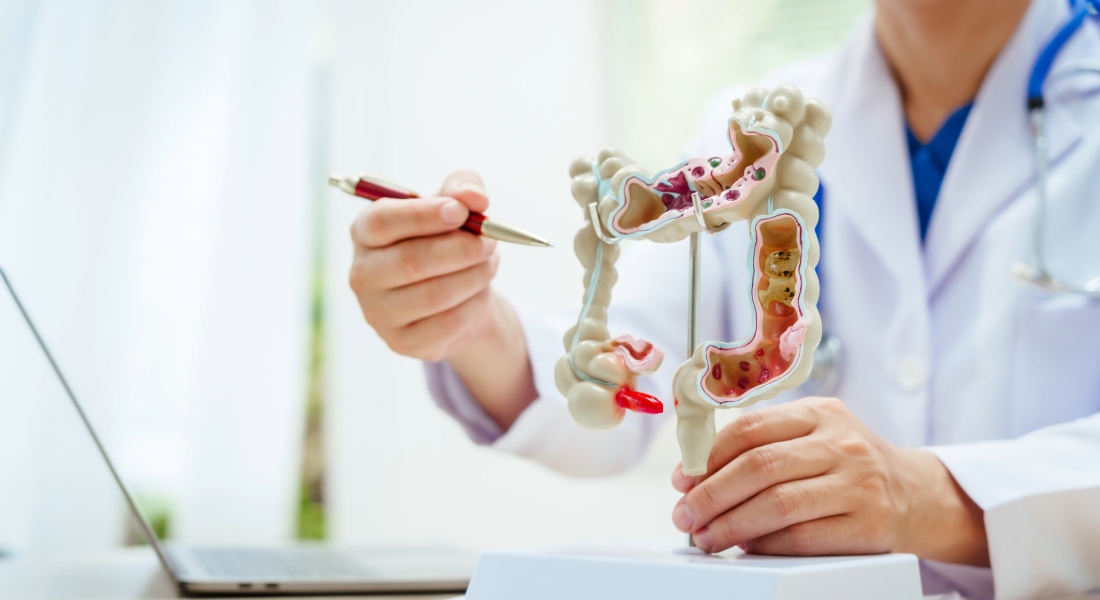- Teresa Saenz
- Healthy Living, Medicine, Show on VR homepage, You Asked
Varicose veins: Purely cosmetic or cause for concern?
It’s important to determine when your visible veins are harmless and when they are signs of underlying health issues

Varicose veins typically appear blue or purple, forming twisted, rope-like clusters, and occur most commonly in the legs and ankles. (Adobe Stock)
Have you ever wondered why some veins appear enlarged and twisted and cause discomfort? Varicose veins are a common vascular condition identified by bulging veins that can be seen through the skin. Monitoring changes and recognizing symptoms can help determine whether you should seek medical attention.
Paula Shireman, MD, board-certified vascular surgeon, professor of medical physiology and professor of primary care and rural medicine at Texas A&M University College of Medicine, explains varicose veins, what they might mean and how they can be treated.
What are varicose veins?
Varicose veins and reticular veins, or spider veins, have a similar reason for occurring. Both involve damaged blood vessels, but spider veins are smaller and usually only cause symptoms related to their appearance, though they can occasionally lead to leg heaviness. Varicose veins, on the other hand, are bulging, enlarged veins with symptoms most commonly on the legs.
“You can feel varicose veins much more. They look like twisting pieces of rope, and you can push on them, and they kind of get soft to the touch. The are easily seen through the skin and become easier to see when standing,” Shireman said
The condition occurs when vein walls weaken and stretch, which can damage the valves inside them and disrupt normal blood flow. When vein walls and valves are damaged, blood can pool in the veins. This increased pressure causes veins, especially in the legs, to swell and become visible under the skin. Conditions that put extra pressure on the legs or abdomen can lead to varicose veins.
What causes varicose veins?
Arteries and veins are both blood vessels that carry blood throughout your body. Arteries carry blood away from your heart while veins carry blood back toward your heart.
Veins have thin, elastic walls that carry high volumes of low pressurized blood. The vein valves break up the distance between the toes and the heart by opening and closing in response to muscle contractions. These valves control blood flow and keep your blood flowing in one direction.
“If you’re six feet tall, you have an over five-foot distance to get blood back to the heart from your toes. The vein valves break up the distance. Muscles contract, blood shoots through and the vein valve closes, and then that happens again higher and higher until blood reaches the heart,” Shireman said.
Issues arise when the valve becomes defective. Instead of closing properly and stopping the backflow of blood, the valves leak, allowing blood to flow backward and pool in the legs. The accumulation of blood in the vein increases pressure and causes the vein to stretch, swell, twist and turn underneath the skin’s surface. The condition usually develops in the legs and ankles.
Who develops varicose veins?
Developing varicose veins depends on family history, activity levels, hormonal influences and lifestyle. You are more likely to have varicose veins if they run in your family, and your chances also increase based on gender. Varicose veins are more common in women than men.
Pregnancy is a major risk factor, according to Shireman. “The more pregnancies that a woman has, the more likely she is to have varicose veins. Women that have had six pregnancies have a high risk of having varicose veins. But let’s say, someone gets treated after two pregnancies and then has four more. The varicose veins will probably come back,” she said.
During pregnancy, the volume of blood in the mother’s body increases to support the growing baby, and hormonal changes may relax the vein walls, contributing to varicose veins. The growing uterus lays on the iliac veins in the mother’s pelvis, which causes higher pressure for her legs, making it harder for blood to return to the heart from the legs. The varicosities can regress or go away after pregnancy.
Standing for prolonged times can also increase risk for varicose veins. Your muscles aren’t contracting during standing, which causes blood to pool in your legs. To avoid passing out, service members, for example, learn to flex their leg muscles during extended periods of standing.
Blood clots in the deep veins, known as deep venous thrombosis (DVT) can also increase the risk of developing varicose veins. Blood clots block the return of blood to the heart from the legs. Even if a blood clot resolves partially or completely, it can still damage the vein valves and scar the vein walls.
What are the symptoms of varicose veins?
Varicose veins are recognizable as enlarged dark veins just below the surface of the skin. They indicate inefficient blood flow towards the heart. Many people are asymptomatic, especially in the early stages when symptoms are primarily cosmetic. These veins typically appear blue or purple, forming twisted, rope-like clusters, most commonly in the lower body such as the legs and ankles. Red blood cells can leak from the veins and cause discoloration of the skin. Besides their visible concern, varicose veins can cause physical discomfort.
“Some people are asymptomatic and are concerned by the appearance of the veins. But a lot of patients experience leg heaviness and leg swelling, especially at the end of the day if they’ve been standing a lot. It just depends on what the symptoms are as to the treatment. Vascular surgeons and other clinicians that deal with veins for diagnosis and treatment can provide more specific information and treatment plans,” Shireman said.
Symptoms may also include pain, aching, soreness, swelling, throbbing or itching around the affected veins. Varicose veins can also develop in the pelvic region and other areas of the body, not just the legs. Early treatment can prevent further damage to the veins and avoid future complications. Consult with your health care provider if you notice symptoms of varicose veins.
How can varicose veins be prevented or treated?
Varicose veins affect people for different reasons that can be prevented or controlled. Once varicose veins develop, effective treatment can slow the progression of the condition.
Shireman says the first line of treatment is compression stockings. Wearing compression stockings helps by enhancing blood flow to the heart through vein wall compression.
“I wear compression stockings and the reason for that is it gives your calf constant compression and decreases your risk of getting varicose veins, especially if you’re standing a lot,” Shireman said.
Recommended compression level varies based on therapeutic needs, ranging from moderate to high pressures. The stockings aim to mitigate symptoms and prevent blood from pooling in the veins in your legs. The benefits are effective if worn every day.
“I usually wear 20 mmHg compression stockings when I’m in clinic or know I’m going to be standing a lot to prevent varicose veins from forming. I also wear compression stockings when I am on airplanes, as compression reduces my chances of developing a DVT,” Shireman said.
Further treatment of varicose veins revolves around assessing vein valves’ functionality and any blockages or narrowing of veins through a duplex ultrasound. An ultrasound technician conducts the physical exam, checking for signs of venous reflux and/or venous blockages. The patient stands during the ultrasound test to determine how long it takes the vein valves to open and close and whether there is backflow of blood. The test evaluates competency of the vein valve and whether the damage is located in the superficial veins that reside under the skin or the deep veins that reside within muscles that are present underneath the fascia.
“Oftentimes, if you have deep reflux, we can actually deal with the superficial veins and get rid of that deep reflux,” Shireman said.
Treatment strategies depend on the extent of the condition. The goal of treatment is to block or destroy the superficial varicosities that are causing the blood to pool in the legs, allowing other veins to take over. Minimally invasive techniques include sclerotherapy and endovascular procedures to clot off the greater saphenous vein if the valves show reflux on ultrasound examination. Your provider will recommend a procedure based on symptom relief, the location of the venous disease, and the goal of improving healing or preventing venous insufficiency ulcers, which typically occur in the legs below the knee to the ankles.
Are varicose veins dangerous?
Varicose veins can be uncomfortable and lead to more serious problems such as leg ulcers from venous insufficiency or bleeding from varicosities. Varicose veins are a sign of chronic venous insufficiency (CVI), which affects your veins’ ability to return blood to your heart. People who have varicose veins may develop blood clots, called “thrombophlebitis,” which is painful and causes inflammation, pain, redness and swelling—but it’s not as dangerous as deep venous thrombosis (DVT). DVT blood clots can break off and travel to the lungs, causing a pulmonary embolus (PE), which can be life threatening and needs immediate treatment.
“Wearing compression stockings can decrease leg swelling, the risk of developing varicose veins and the risk of having a DVT during flights or prolonged periods of sitting, such as long car rides. It is better to prevent having a DVT than to be treated for one with three to six months of systemic blood thinners and the increased risk of developing venous insufficiency ulcers,” Shireman said.
Notify your health care provider regarding any symptoms concerning varicose veins. It’s important to catch the early stages before allowing the veins to get worse over time. The visible signs of varicose veins are the first indicator to reach out for assistance from a health care provider, control the symptoms and slow the progression of the venous disease.
Media contact: media@tamu.edu


